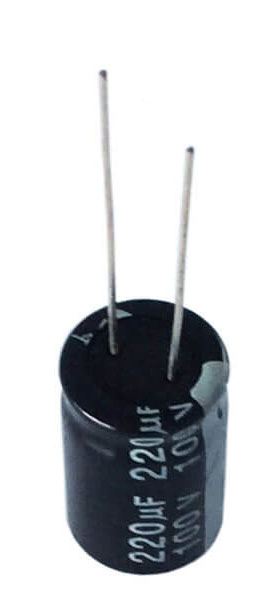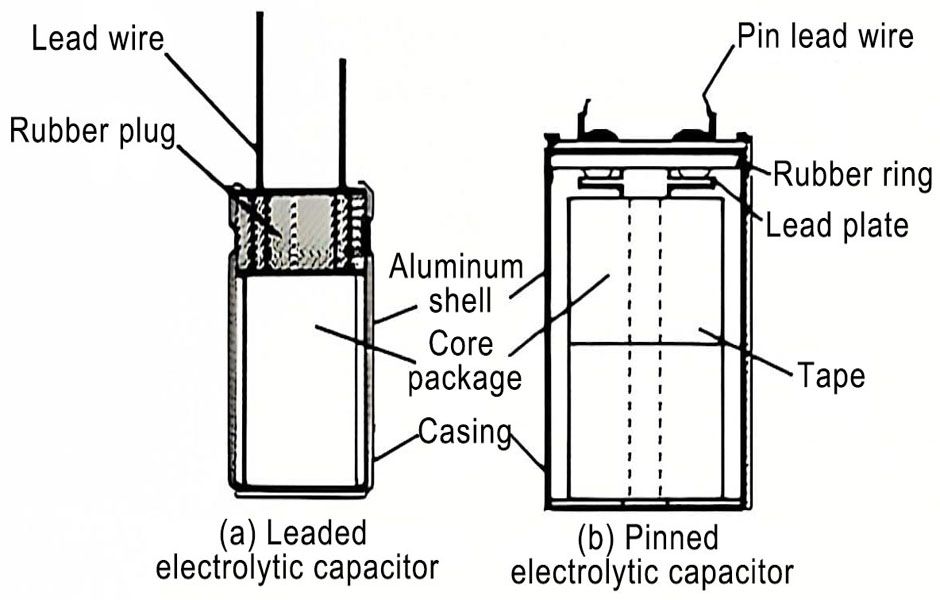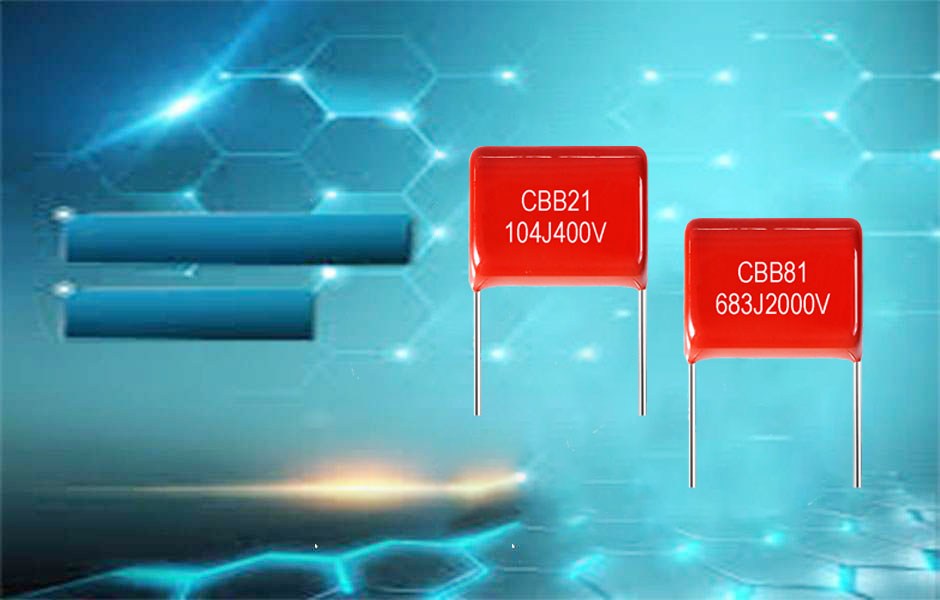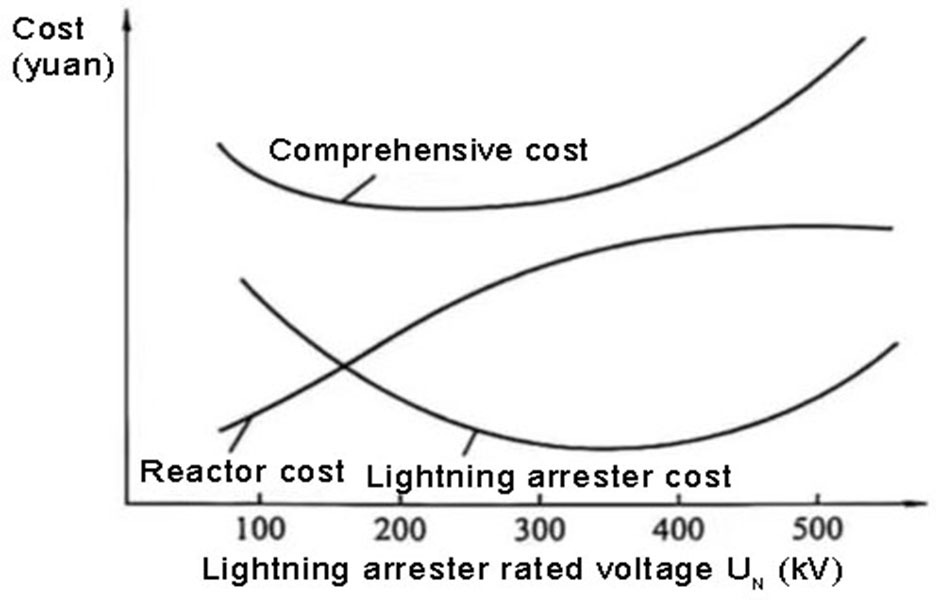The difference between polar and non-polar capacitors!
1. Different media
Polar capacitor: The medium is the substance between the two plates of the capacitor. Most of the polar capacitor use electrolyte as the dielectric material, usually the same volume of the capacitor has a large capacity. In addition, the capacity of the same volume of polarized capacitor manufactured by different electrolyte materials and processes will be different. Furthermore, the pressure resistance is also closely related to the use of dielectric materials.
 Non-polar capacitor: There are many dielectric materials for non-polar capacitors, most of which use metal oxide film and polyester. Because the reversible or irreversible performance of the medium determines the use environment of polar and non-polar capacitors. To
Non-polar capacitor: There are many dielectric materials for non-polar capacitors, most of which use metal oxide film and polyester. Because the reversible or irreversible performance of the medium determines the use environment of polar and non-polar capacitors. To
2. Different performance
Polar capacitor: Performance is the requirement of use, and the maximum demand is the requirement of use. If a metal oxide film capacitor is used for filtering in the power supply part of the TV, the capacitor capacity and withstand voltage required for filtering must be achieved. I am afraid that only one power supply can be installed in the case. Therefore, only polar capacitors can be used as filters, and polar capacitors are irreversible.
That is to say, the positive pole must be connected to the high potential end, and the negative pole must be connected to the low potential end. Generally, the electrolytic capacitor is above 1 microfarad for coupling, decoupling, power filtering, etc.
Non-polar capacitors: Most non-polar capacitors are below 1 microfarad and participate in resonance, coupling, frequency selection, current limiting, etc. Of course, there are also large-capacity and high withstand voltage, which are mostly used for reactive power compensation of electric power, phase shifting of motors, and variable frequency power shifting.




